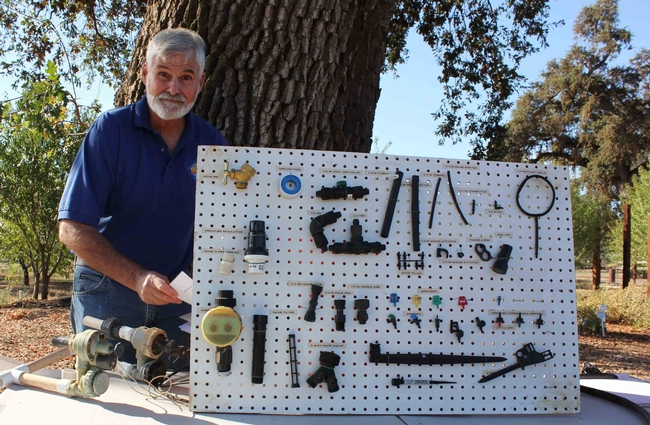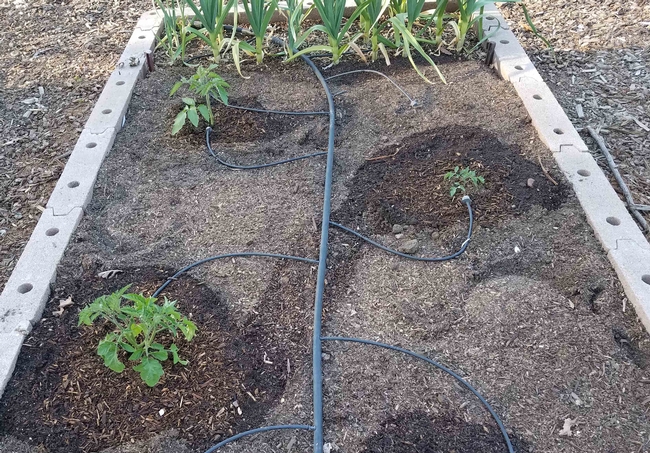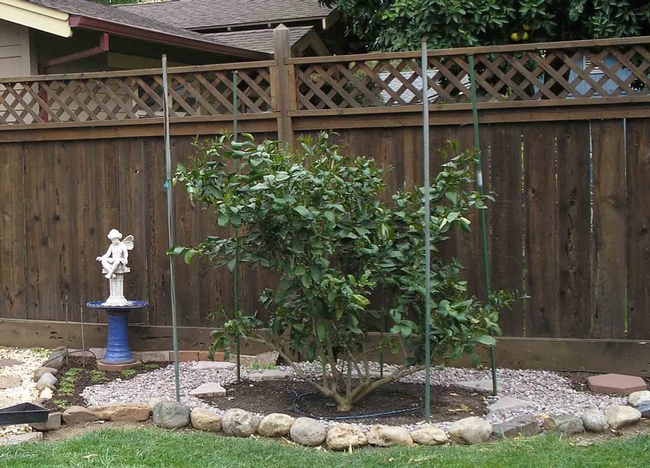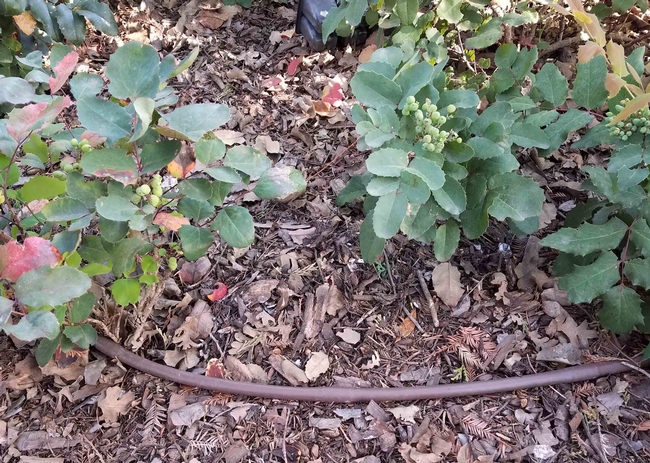With a second year of below-normal rainfall, California is sliding into another drought cycle. Here in the North Valley, total rainfall for the current Water Year (October 2020 through March 2021) measured between 8 and 10 inches, depending upon location, well below the previous average of 18 to 24 inches. As of the first week of April 2021, the Sierra Nevada snowpack is just 60% of normal and the U.S. Department of Agriculture is predicting water allocation cutbacks for California and other western states. One way for homeowners to adapt to these coming cutbacks is to convert to drip irrigation for home landscaping and vegetable gardens.

The most important advantage to drip irrigation is that it is more efficient than traditional irrigation methods. Drip emitters can be placed to deliver water only where it is needed, so water isn't wasted on unplanted areas. By applying water slowly, drip irrigation also allows water to be absorbed quickly into the soil instead of standing on the soil surface. This means that far less water is lost to evaporation than with flood irrigation or sprinklers. Additionally, because water sinks into the soil rather than puddling, there is less loss due to runoff, which makes drip irrigation a good choice for steep terrain. Another way in which drip systems can conserve water is by installing them under a layer of mulch, promoting even greater water savings by further reducing evaporation from the soil. Last but not least, it should be noted that by saving water, drip irrigation also saves the homeowner money.

There are disadvantages to drip irrigation systems that should be considered as well. Sediment or bugs that find their way into the tubing can clog drip emitters. In-line filters can be installed to eliminate most of this clogging, but mineral deposits can also clog emitters. There is really no easy way for homeowners to eliminate this, but clogging due to mineral deposits can be delayed by using emitters with a greater flow rate. For example, use a 2-gallon per hour (2gph) emitter rather than a 0.5gph emitter, but run it for a shorter time. The faster flow discourages mineral buildup which can cause clogging.

If you are considering installing a drip system, putting it on an automatic timer is recommended. An automatic timer provides a consistent watering schedule. With a timer, you provide the exact amount of water you want and there is no forgetting to turn the system on or off.

Many retailers offer how-to pamphlets that provide further information on drip irrigation components and installation.
UC Master Gardeners of Butte County are part of the University of California Cooperative Extension (UCCE) system. To learn more about us and our upcoming events, and for help with gardening in our area, visit our website. If you have a gardening question or problem, email the Hotline at mgbutte@ucanr.edu (preferred) or call (530) 538-7201.